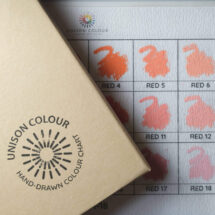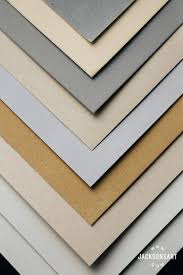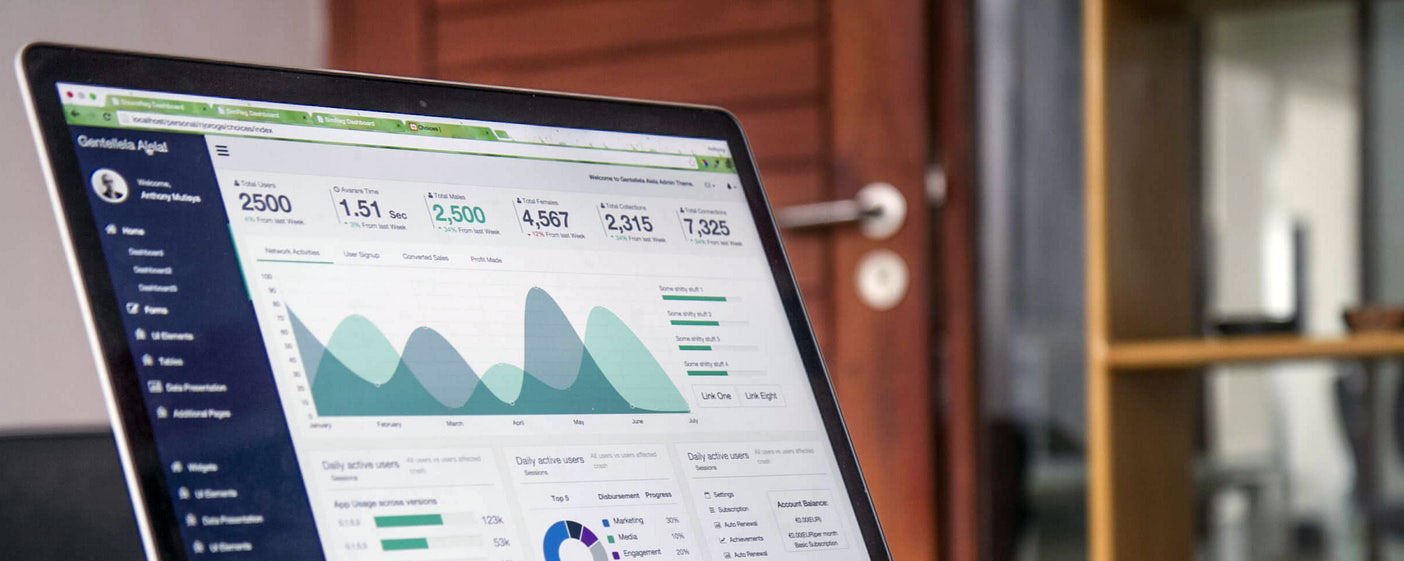Setting Effective Studio Routines
Discover practical tips for setting effective studio routines to stay organized, boost creativity, and streamline your pastel art practice.
Setting Effective Studio Routines for Pastel Artists
Setting a solid studio routine is crucial for pastel artists—whether you’re just starting out or have been practicing for years. Pastel as a medium is both messy and delicate, and staying organized can enhance your creativity, workflow, and protect your artwork. In this blog, I’ll guide you through essential studio routines, from swatching pastels to managing inventory, and offer tips on creating a workspace you’ll love.
1. Swatching New Pastels & Materials

Why Swatching is Essential
Swatching is an invaluable habit for any pastel artist. It allows you to understand the true color, texture, and behavior of your pastels, and ensures you’re using the right hues in your artwork. From personal experience, I’ve often discovered unexpected qualities about pastels that weren’t apparent at first glance.
How to Swatch Efficiently
Swatching doesn’t need to be time-consuming. As soon as you bring new pastels or paper into the studio, make it a habit to swatch them. For example, I like to create color gradients and blending tests to see how they perform on different surfaces like pastelmat or sanded papers. One of my students, Janine, creates amazing swatches by testing her pastels on the same paper she’ll be using for a painting, ensuring color accuracy from the start.

Staying Organized with Your Swatches
Keep your swatches in a binder or a swatch journal, categorizing them by color family, brand, or even softness level. I also recommend labeling your swatches with the brand, color name, and number, especially if you remove the paper labels from your pastels like I do. This way, you always have a reference point if you run out of a particular shade.
Pro tip: Check out my free three-part video series for beginners learning how to use pastels and explore different materials here.
2. Staying Organized in the Studio
Create a Workspace You Love

Your workspace is a reflection of your creativity, so make it a place where you want to spend time. Even if you’re limited on space, simple tools like portable carts, wall easels, or tilt desks can help maximize efficiency. I personally use a stacking shelf system from IKEA to organize my pastel papers, and it has made all the difference in keeping my materials accessible.
Declutter & Organize Supplies
Organizing your pastels by color, warmth, or softness is a game-changer. I keep mine in small trays that stack to save space, and I arrange them by color and light to dark tones. This system not only keeps my supplies tidy but also helps me quickly find the exact color I need while working. Tools like sponge applicators are kept in separate containers for clean and dirty sponges, and I label all my shelves for easy access.
Daily & Weekly Tidying Routines
A clean workspace can do wonders for your creativity. Try to establish a daily tidying routine after each painting session and a more thorough clean-up at least once a week. Don’t forget to also organize your supplies regularly—whether that’s sorting pastels by color or keeping an eye on your paper inventory. Running out of essential supplies mid-project is never fun!
Photographing Your Artwork
A great habit to form is photographing your artwork as soon as you complete it. Use high-resolution images for print and low-resolution ones for sharing online. I store all my images in the cloud, organized by medium and project. Trust me, having a high-res photo available later for merchandise or prints saves you a lot of hassle down the road.
3. Managing Paper, Pastels & Other Art Supplies

Always Have Paper on Hand
Having a good stock of your favorite papers ensures that you never lose momentum when inspiration strikes. I always keep a variety of surfaces, like pastelmat and sanded papers, on hand. When I get down to my last sheet of a certain type, I know it’s time to reorder.
Maintain a Supply Inventory
Keeping track of your pastels, papers, and tools is essential to avoid running out of supplies. I always ensure I have backups of my favorite pastels and pencils, especially when I’m working on multiple projects. You can use simple apps like Trello to create boards and track your inventory, or specialized apps like Sortly, which is free for up to 100 items.
Tracking Your Artwork
If you want to stay organized with your finished works, apps like Artwork Archive are excellent for cataloging pieces, noting where they’re stored, and tracking sales or competition entries.
4. Scheduling Studio Time & Creating Routines

Prioritize Studio Time
Your studio time is sacred, so treat it like any other appointment—non-negotiable. Whether you can dedicate daily hours or just one day a week, put it on your calendar and let your family know. Wednesdays, for example, are my dedicated creative days, when I focus on personal projects and experimentation.
Warm-Up Exercises
A simple warm-up, like gesture drawing or color swatching, can help get your creative juices flowing. I like to start my day by sharpening my pastel pencils and swatching colors, but you can also try short sketching sessions or other warm-up techniques.
Developing Routines for Long-Term Projects
If you have large projects or exhibitions planned, break them down into manageable steps. For instance, I’ve booked a solo exhibition for 2026 and have already outlined how many pieces I need to create by working backward from the event date. By setting monthly or weekly goals, I can stay on track without feeling overwhelmed.
By establishing effective studio routines, you can set yourself up for greater productivity, less stress, and more creativity. Whether you’re a pastel beginner or a seasoned artist, these habits will help you build a more efficient and enjoyable art practice.
So, what are you waiting for? It’s time to get organized!
Kerri xx
PS: Ready to take your artistic journey to the next level?
Start by joining our vibrant Facebook Group community today, then click the link below to get started on my FREE Beginners Guide to Soft Pastel Video Series!
Click the link here to start your pastel adventure!
Categories: : art, artist, beginner, educational, motivation
 Kerri Dixon
Kerri Dixon 
